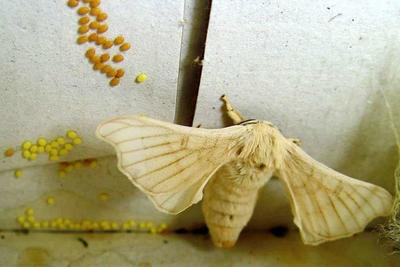Tiny silkworms hatch from eggs of a mere 1mm. During its lifetime, bombyx mori feeds exclusively on fresh mulberry leaves. Producing silk fibre is therefore inextricably bound to cultivating the mulberry tree.
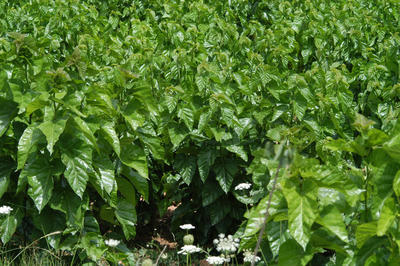 |
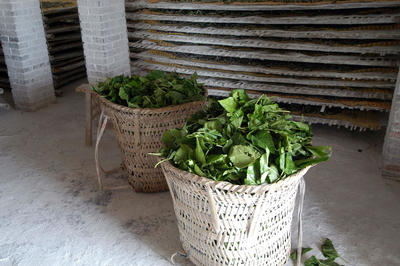 |
After hatching, the silkworm ingests the equivalent of 1000 times its original body weight in 30-35 days, moulting several times in the process.
Then the silk worm stops eating entirely and begins to spin its cocoon. In 2-3 days, it has used its body mass to spin a dry, matt cocoon around itself within which lies a pupa.
After another 8-10 days and another transformation, a small moth emerges from the cocoon with but a single purpose: to mate. Thereafter, the female lays 400-600 eggs and dies. The life cycle of a moth is about 4 days.
|
Moth species like the silkworm undergo a complete metamorphosis (holometabolism) |
|
It is fair to say that the creature emerging at the end of metamorphosis is totally different from the larvae. The original larvae (silkworm) is completely dissolved by its own digestive juices and thus dies.
This partial self-digestion is called histolysis and acts on all but a few accumulations of special cells, called histoblast cells. These cells have no function during the larval stage but are the basis of the new creature's organs.
How much of the original tissue is preserved varies between species but in the case of the silkworm it is only a minute percentage.
 |
In order to harvest the silk thread, the cocoons are first dried so that they can be stored for further processing. In this process, the pupae inside the cocoons die and no moths form. |
To unwind the silk fibre from the cocoon, the silk glue is dissolved with hot water. Then several cocoons are unwound simultaneously, their single fibre joined together in one reeling. Depending on the type of silk desired, this raw silk is repeatedly washed until the shiny supple fibre is produced from which the most valuable silk products are made: filament silk.
 |
 |
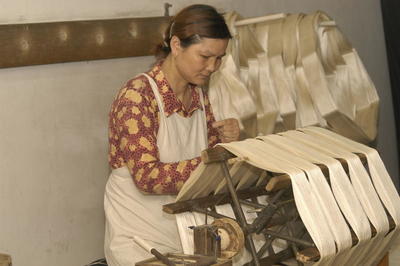 |
Cocoons which have been damaged by emerging moths are combined with other leftovers from silk reeling to be spun together into a softer yarn with a matte sheen called spun silk.
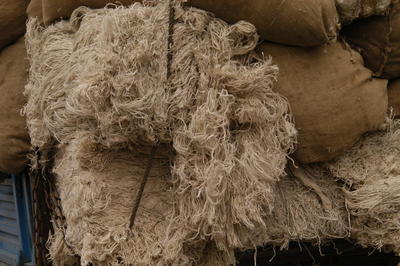 |
 |
The remainders from this process are again spun to produce noil silk: a soft textured silk that feels warm to the touch.
After the cocoons are totally unwound, the pupa remains. This is dried and used as animal feed.






